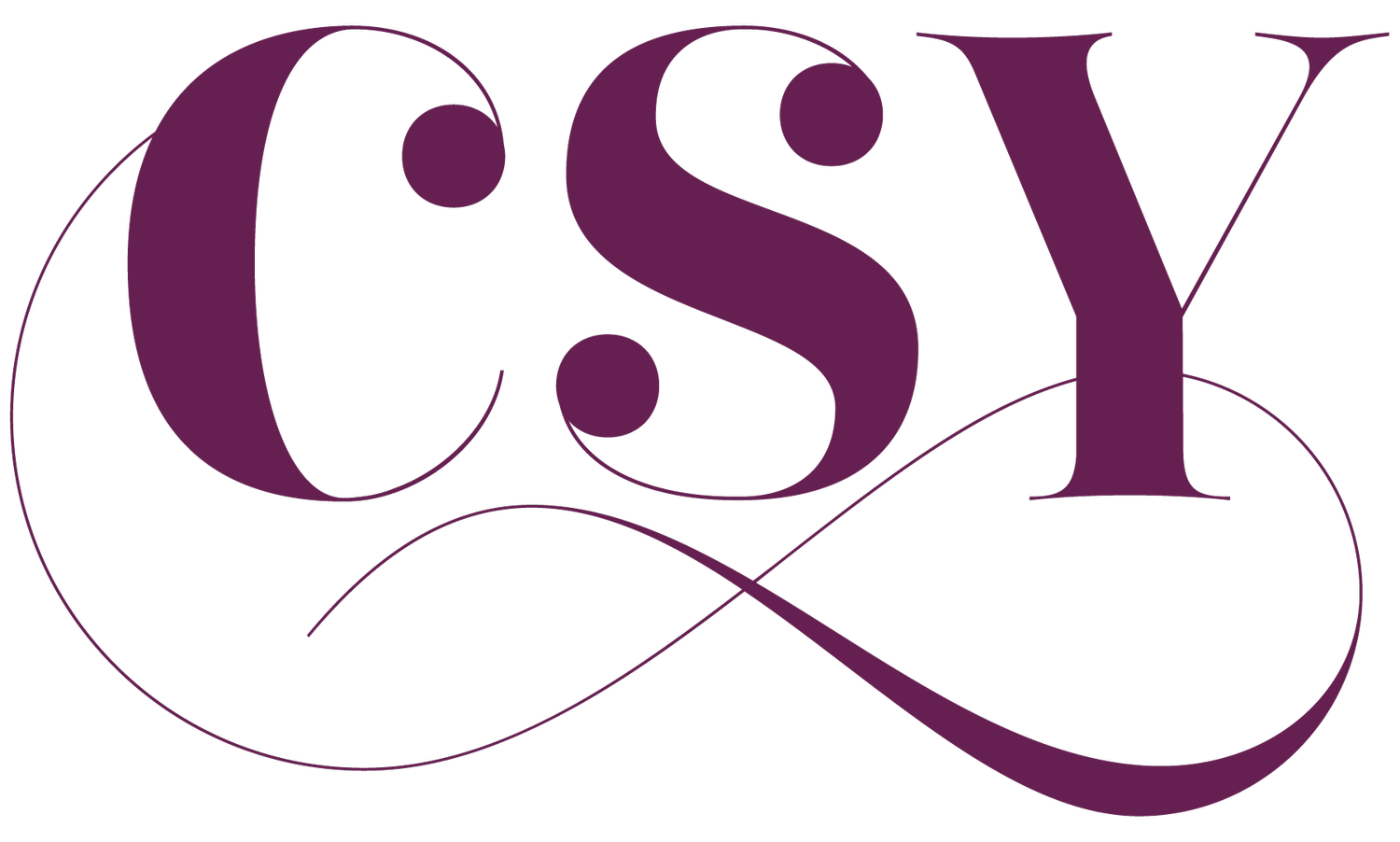Lessons from Locket
photo by Andrea Killam
Whenever Locket encounters a dog she does not know, her hackles go up. Most times, her hackles stay up as she and the other dog sniff each other and figure out if they are going to play together. Eventually, her withers relax and she has a new playmate.
On rare occasions, Locket’s hackles stay up and she and the other dog do not make friends. Mostly, the other dog starts what would likely result in a fight, but, truth be told, Locket has been culpable more than once.
Other times, Locket meets a dog, her hackles go up, and then she walks away uninterested. She does not engage.
photo by Kelly Sell
Truth be told, my hackles go up for all kinds of reasons every day. Snap judgements, first impressions, habituated reactions, instincts alerting me to proceed with caution, intuition warning me something is amiss, etc. Locket’s example teaches me that feeling a bit contracted or on-edge at first needn’t be a problem. Like my guru used to say, “You are not responsible for your first thought.”
Sometimes, with the right kind of interaction, I settle down and make friends. Sometimes, the “hackles up” was indeed something to heed lest a fight ensue. And sometimes, I need to walk away, refrain from engaging, and keep my own counsel.
photo by Andrea Killam
I think Locket’s behavior is also instructive for how to engage yogic teachings— philosophical, attitudinal, and even bio-mechanical. Our hackles might go up when we hear a teaching about the Self, about God, karma, the guru, detachment, service, about an alignment principle or verbal cue, Instead of labeling “hackles up” as 100% reliable or 100% suspect, I suggest making what I call a “note to self.” For instance, "Note to self— when that teacher is talking about yoga philosophy, I feel like she is converting me to a different religion. Or, I think that teaching sounds effed.”
Of course, you would need to put your note to self in your own words, but that is what a lot of my notes to myself sound like. My point is, first notice and acknowledge. Many folks, when faced with the discomfort of "hackles up" immediately go about the business of fixing what they perceive as a problem. We have all kinds of tools for shifting our mood and working with our mind and emotions, so many of us are eager to use them as soon as we notice we are feeling at odds with the moment. The “note to self” is simply acknowledging that your hackles are up, and how. Maybe you feel suspicion, whereas others are more likely to feel judgmental, angry, and/or defensive. Some of us make inappropriate jokes, others space out, and others criticize. All I am saying is that it’s good to know how it works in you.
photo by Kelly Sell
If, like Locket and her dog-friend, one keeps sniffing around the teachings, insight emerges, and nuances are discovered that create context, depth and a more spacious interaction unfolds and our withers relax. Education, explanation, familiarity, and greater clarity can help us make friends with the teaching and learn how to play with with what was initially problematic.
Occasionally, after the initial sniffing—the more one works with the teaching or the circumstance—the more agitated and upset they become. Our hackles might be up in relationship to a philosophy, a practice, a teacher, a community, etc.—you name it. The point is, if, for whatever reason, we can’t make friends with the situation, it would be a violence toward oneself to stay involved.
And sometimes there is no need to sniff around at all. Sometimes the best choice we can make is to walk away. Years ago, I remember telling my guru that I was not connecting to some teaching he shared. He told me, “Oh, that’s no problem. That one is not for you.” In a sense, he gave me permission to walk away. Many times, we have to give that same type of permission to ourselves After all, not everything or everyone we encounter on the path is going to be useful for our growth at the time we encounter it. And sometimes we learn more from walking away than we do from forcing ourselves to stay.
Perhaps the deeper lesson from my Locket-inspired musings is that however we are in any moment can be an entry point into greater self-understanding and conscious choice, whether that moment is messy, upsetting, or filled with ease. Whether we are on or off a mat, whether the conflict we are responding to is internally-oriented or externalized, noticing and acknowledging where we truly are—not where we think we should be—is going to be the way through.
In other news,
The Live the Light of Yoga podcast will launch on March 10th, so stay tuned for more details.
I head to Austin tomorrow for a 3-day Intermediate/Advanced, asana intensive at Practice Yoga Austin. If you are in Austin and can’t make the 3-day intensive, we have Asana Junkies at Bfree March 2 from 1:30-3:30.
Then, after a brief visit with Dad on Tuesday and Wednesday, I fly to Tucson for a Yoga and Writing Intensive with my long-time friends and mentors, Mary Angelon Young and Regina Ryan.
We are still in the Early Bird registration window for my Spring Asana Intensive at Mt. Princeton Hot Springs.
And, it is not too late to join the online teacher development program Studies in Form and Flow. I just posted month #2 and all the materials are downloadable so you can work at your own pace.






